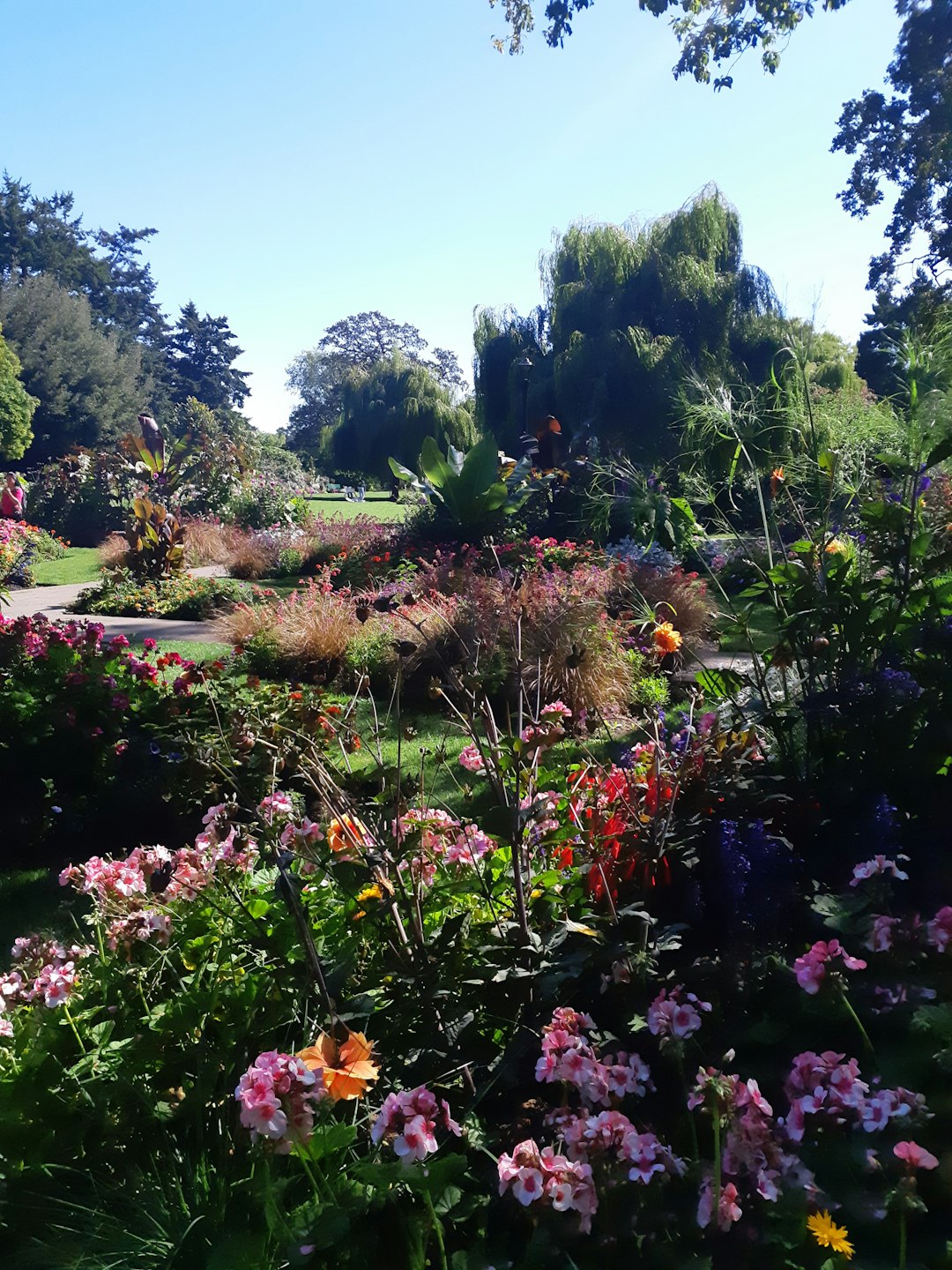Pruning Tips for Healthier Plants
Pruning is an essential task for maintaining the health and vitality of your plants. By removing dead or diseased branches, you can promote new growth and improve the overall appearance of your garden. However, improper pruning can damage your plants and hinder their growth. To help you master the art of pruning, here are some tips for healthier plants.
1. Use the Right Tools
Using the right tools is crucial for successful pruning. Make sure you have sharp, clean tools such as pruning shears, loppers, and a pruning saw. Dull tools can damage your plants and make pruning more difficult. Clean your tools with rubbing alcohol before and after each use to prevent the spread of disease.
2. Know When to Prune
Knowing when to prune is key to promoting healthy growth in your plants. The best time to prune depends on the type of plant you have. Generally, spring is the best time to prune most plants before they start actively growing. However, some plants, such as flowering shrubs, should be pruned after they have finished blooming. Research the specific needs of your plants to determine the best time to prune.
3. Remove Dead and Diseased Branches
Dead and diseased branches not only detract from the appearance of your plants but can also spread disease to healthy parts of the plant. When pruning, start by removing any dead or diseased branches. Cut them back to healthy tissue, making clean cuts at a slight angle. This will promote new growth and prevent further spread of disease.
4. Prune to Shape
Pruning can help maintain the shape and appearance of your plants. When pruning for shape, start by removing any crossing or crowded branches that are blocking sunlight and air circulation. This will encourage new growth and improve the overall health of the plant. Make sure to step back and assess the plant’s shape as you prune to achieve a balanced and symmetrical look.
5. Avoid Over-Pruning
While pruning is essential for plant health, over-pruning can be detrimental. Avoid removing more than one-third of the plant’s growth in a single pruning session. This can stress the plant and hinder its ability to recover. Instead, prune regularly in small increments to promote healthy growth and maintain the plant’s natural shape.
6. Prune Fruit Trees for Better Harvests
Pruning fruit trees is essential for promoting better harvests. When pruning fruit trees, focus on creating an open canopy that allows sunlight to reach the fruit. Remove any dead, diseased, or damaged branches, as well as any water sprouts or suckers that are stealing energy from the tree. By pruning fruit trees properly, you can increase fruit production and improve the quality of the harvest.
7. Prune Roses for Beautiful Blooms
Pruning roses is necessary for promoting beautiful blooms. When pruning roses, start by removing any dead or diseased branches, as well as any crossing or crowded branches. Cut back the remaining branches to outward-facing buds to encourage new growth. Prune roses in the spring before they start actively growing to promote healthy blooms throughout the season.
8. Prune Shrubs for Density and Growth
Pruning shrubs is essential for maintaining density and promoting healthy growth. When pruning shrubs, focus on removing any dead or diseased branches, as well as any crossing or crowded branches. Cut back the remaining branches to promote new growth and maintain the shrub’s natural shape. Prune shrubs regularly to encourage healthy growth and prevent them from becoming overgrown.
9. Consider Hiring a Professional
If you are unsure about how to properly prune your plants or if you have large or mature trees that require pruning, consider hiring a professional arborist. A professional arborist has the knowledge and experience to prune your plants safely and effectively, ensuring the health and longevity of your trees and shrubs. While it may cost more upfront, hiring a professional can save you time and money in the long run by preventing damage to your plants.
In conclusion, pruning is an essential task for maintaining the health and vitality of your plants. By following these tips, you can promote healthy growth, improve the appearance of your garden, and enjoy a bountiful harvest of flowers and fruit. With the right tools, timing, and technique, you can become a master pruner and ensure the long-term health of your plants. Happy pruning!

